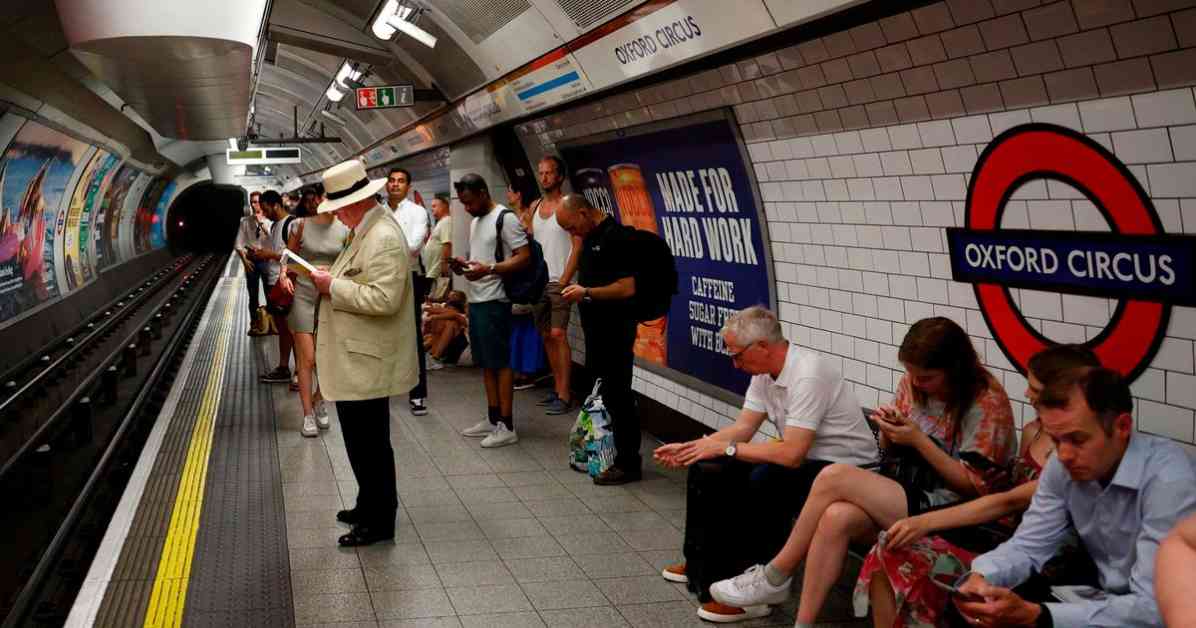London Underground Service Updates: 2 Lines Partially Closed, 3 Lines Delayed
Londoners faced significant disruptions on the London Underground network on Saturday, September 21, as two lines were partially closed and three lines experienced delays. Commuters had to navigate around the disruptions caused by a combination of signal failures, train cancellations, and suspension of services.
Severe Delays on the Bakerloo Line
One of the most significant disruptions occurred on the Bakerloo line, where severe delays were reported between Queen’s Park and Harrow and Wealdstone. This was due to a signal failure at Kensal Green, which required immediate attention from Network Rail. As a result, tickets were being accepted on London buses and London Overground to assist affected passengers.
Minor Delays on the Hammersmith and City Line and Jubilee Line
In addition to the Bakerloo line disruptions, minor delays were experienced on the Hammersmith and City line and the Jubilee line. Train cancellations were the primary cause of the delays on these two lines, leading to inconvenience for passengers relying on these services.
Service Updates on the District Line and Metropolitan Line
The District line also faced service disruptions, particularly between Earl’s Court and Kensington (Olympia) due to train cancellations. Meanwhile, the Metropolitan line saw a complete suspension of service between Harrow-on-the-Hill and Uxbridge on both Saturday and Sunday. To assist passengers during this time, a replacement bus service, ML1, operated between Harrow-on-the-Hill and Uxbridge via various stops.
The Piccadilly line was not immune to disruptions, as there was no service between Acton Town and Uxbridge. Similar to the Metropolitan line, a replacement bus service, ML1, operated between Harrow-on-the-Hill and Uxbridge, providing alternative transportation options for affected commuters. Additionally, a replacement bus service, PL4, operated between Acton Town and Rayners Lane to mitigate the impact of the service suspension.
The disruptions on the London Underground network highlighted the importance of alternative transportation options and effective communication between transport authorities and passengers. Despite the challenges faced by commuters, efforts were made to minimize inconvenience and ensure that essential travel could still take place.
As Londoners navigated through the disruptions on the Tube network, it served as a reminder of the critical role public transportation plays in the daily lives of city residents. The resilience and adaptability of both passengers and transport operators were put to the test, demonstrating the need for effective contingency plans in the face of unexpected disruptions.












